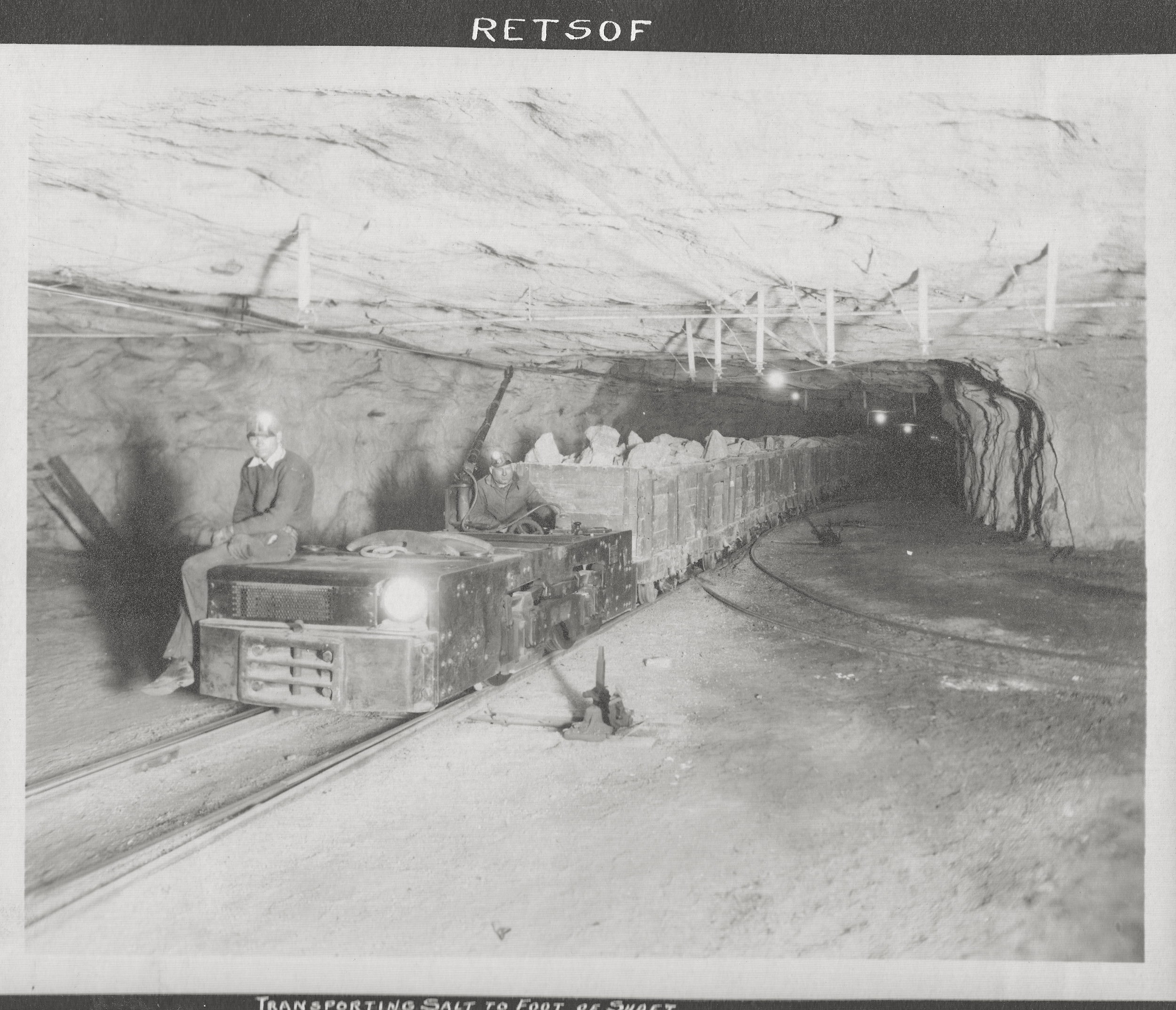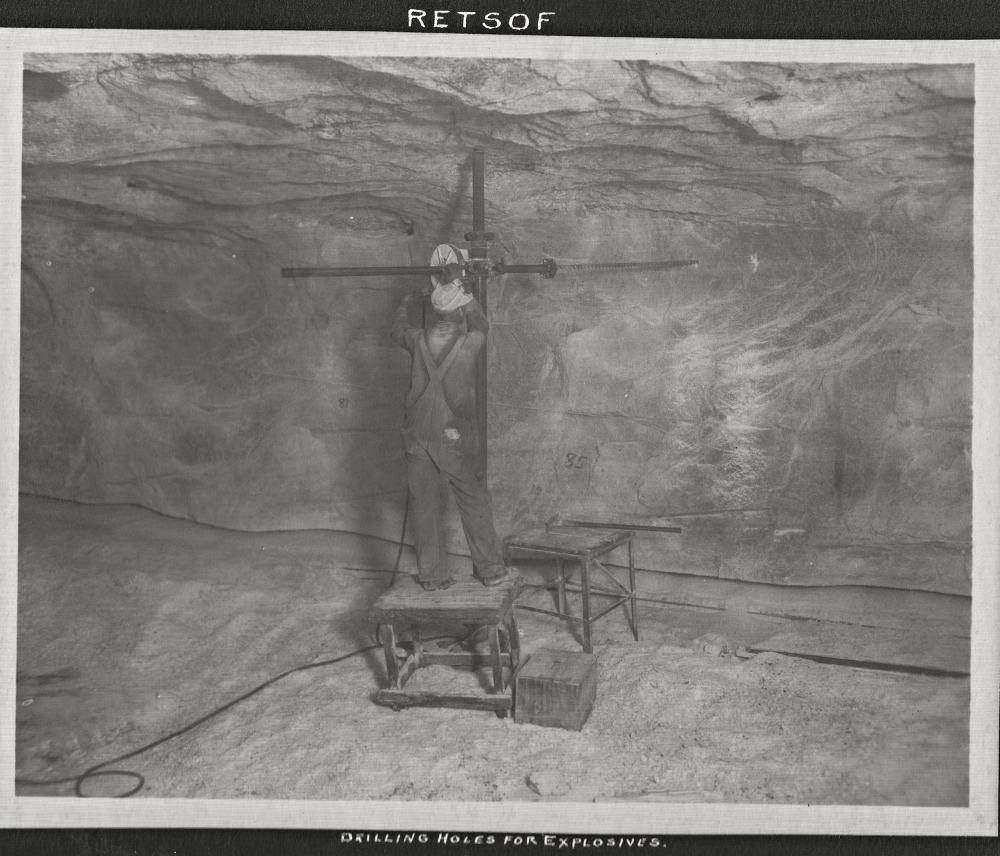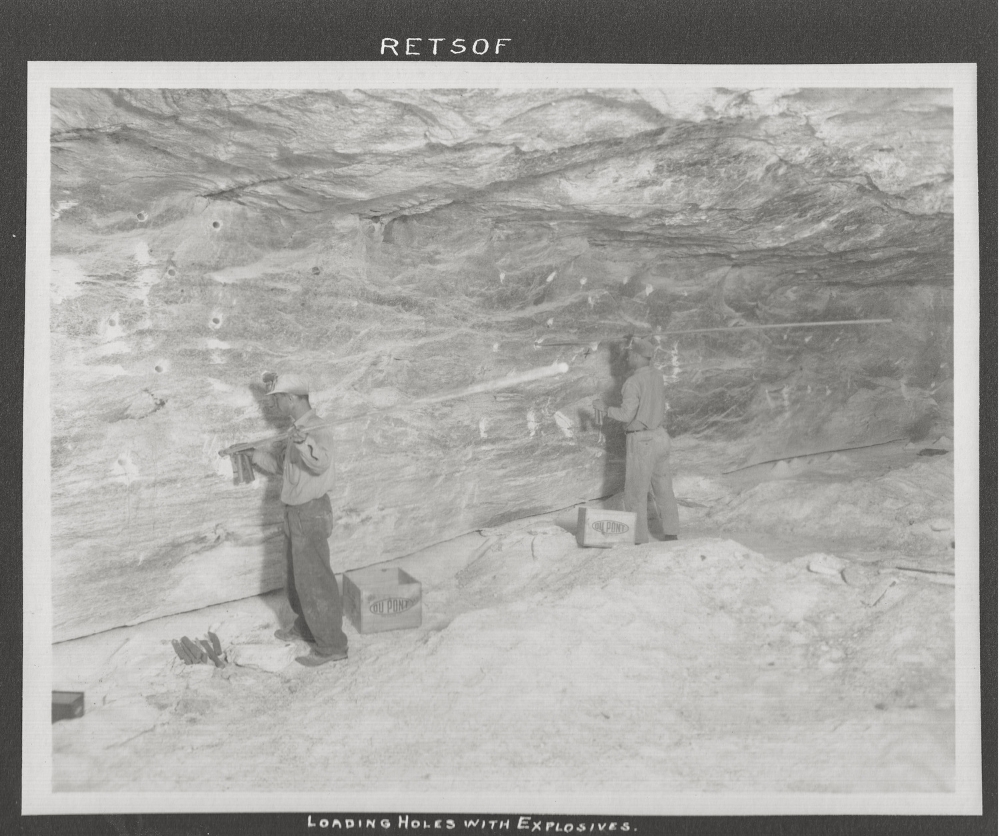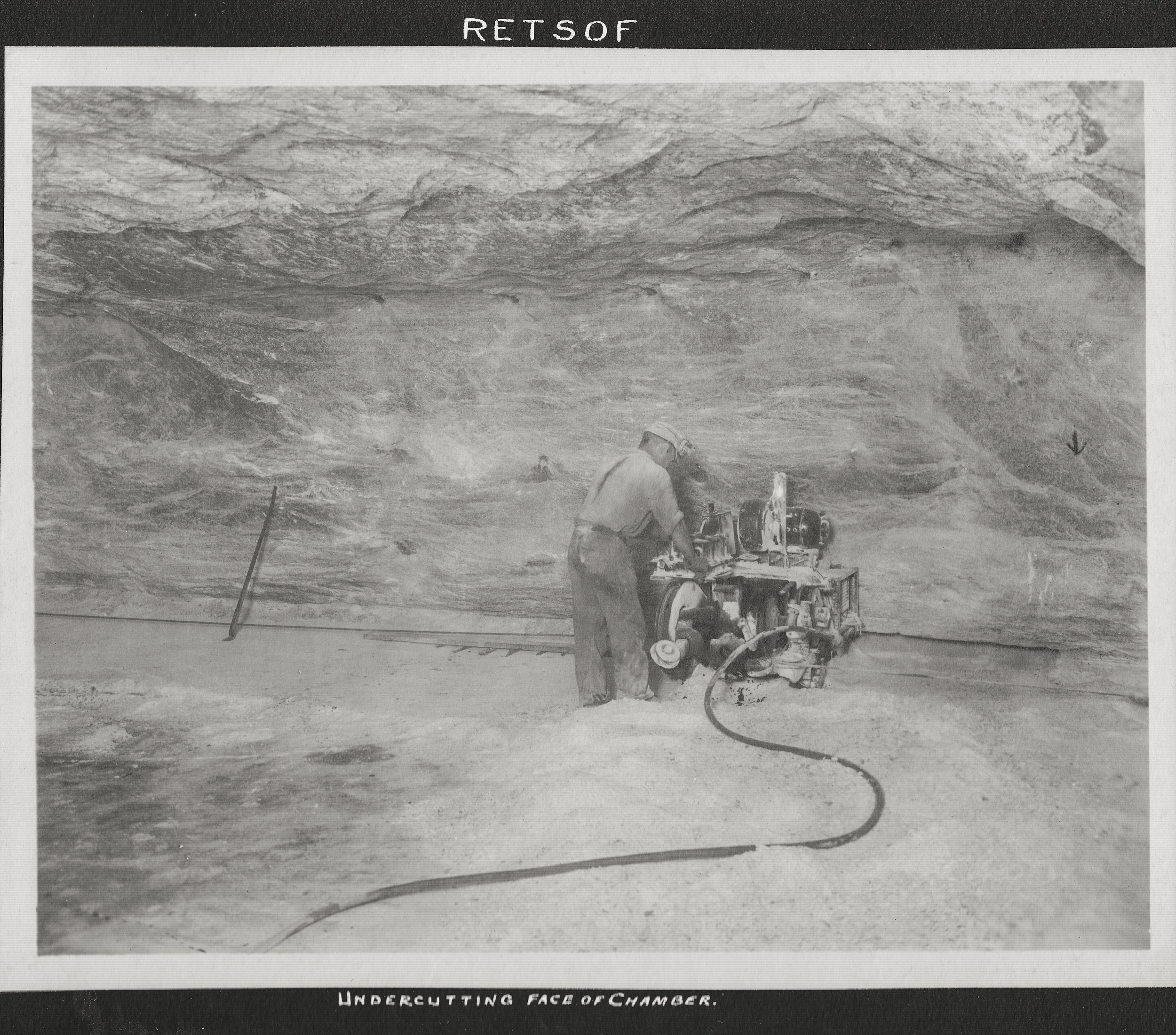The Retsof Mine Collapse




On March 12, 1994 the Retsof Salt Mine, which had been in operation for over 100 years and was the largest salt mine in North America, collapsed. One of the major environmental impacts of the collapse is that the mine filled up with ground water. The combination of salt and water created a brine mixture, which eventually traveled up through shale deposits above the collapsed mine and settled in the lower aquafer, contaminating local water supplies. By the close of 1994 an estimated 20 wells were classified by the County as being dried up or completely unusable. This number continued to rise as the mine continued to flood, and additional well testing was conducted. The mine officially closed a year later.
In 2006 Akzo Nobel, the former owner of the mine, began pumping salty brine out of the mine in the effort to halt contamination of the lower aquafer and to attempt to desalinate, or remove the salt from, the water. Starting in 2010, however, AzkoNobel entered negotiations with the state Department of Environmental Conservation and Livingston County in the effort settle monetary reparations for the damage the collapsed mine caused to local water supplies, as well as provide for the continuing monitoring of the aquafer. The operation of the company’s desalination plant, located in Cuylerville, was deemed as an unsustainable method for dealing with the brine in the collapsed mine, as it cost AzkoNobel nearly $1 million to operate annually. Furthermore, to extract and desalinate all the brine that filled the Retsof Salt Mine was estimated to take centuries! Azko Nobel continued the desalination process through its plant until precisely 12:00am on Monday, December 16, 2013, when a Consent Order from the NYS Department of Environmental Conservation requiring the plant to pump the brine expired. The company was obligated to keep the plant on “stand-by” mode and to continue monitoring the water quality in the aquafer until February 15, 2013.
These charts are from a 2013 report from the U.S. Geological Survey titled "Environmental Consequences of the Retsof Salt Mine Roof Collapse."
In a somewhat controversial ending to negotiations, Livingston County and New York State settled their talks with AzkoNoble in December, 2014. The agreement required the company to pay $20 million, with $17 million given to Livingston County for expenses related to the maintenance of local water supplies, and the other $3 million given to the state to continue to monitor ground water.
The reaction to the settlement by Livingston County residents was lukewarm at best. Some residents were pleased that a settlement occurred at all. Often times with man-made environmental disasters, negotiations between local governments and the companies responsible can take many years, leaving residents worrying about who will pay for protecting the environment around their homes. While $20 million may have seemed like a small amount, some residents were contented that Livingston County would get at least some support from AzkoNobel.
Other Livingston County residents thought AzkoNobel got off too easy with the negotiations and would have preferred for the county to receive more money, especially if at some point in the future desalination efforts were deemed necessary and needed to be resumed. The money the county settled for would simply not be enough to support this endeavor. Richard M. Yager, who compiled a report for the U.S. Geological Survey in 2013 (prior to the settlement) of the environmental consequences of the Retsof Mine collapse, concluded with the following thoughts on a potential monetary resolution:
By settling for only $20 million, some residents felt that Livingston County and New York State were wrongly devaluing a source of water.
To read the entire 2013 U.S. Geological Survey report click here

